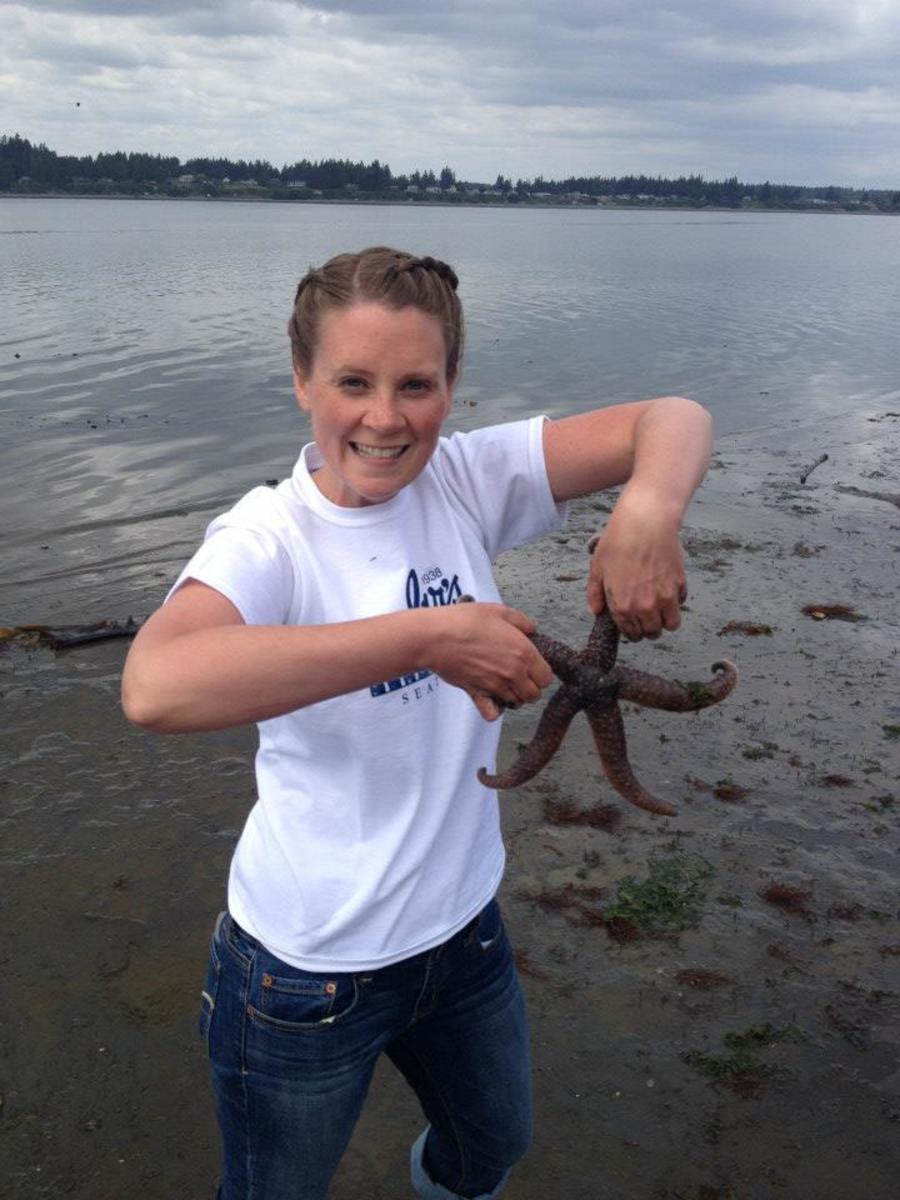

IPM is currently practiced in most major terrestrial crops, where the ecology of pests has been studied for over 75 years. PSI supports integrated pest management (IPM) for commercial shellfish aquaculture by helping growers identify appropriate environmentally and economically sound pest control methods and strategies. If the geoduck clams in our study display suitable yield and are consistently sterile, it may lead to the next generation of farmed geoduck. A stable supply of aquacultured triploid geoduck, therefore, would prevent cross-breeding and potential contamination of wild stocks. Because the organisms are sterile, triploid shellfish are unable to breed with wild stocks. Triploidy shellfish are reproductively sterile, which allows for improved growth rates and meat quality. Common triploidy products include seedless watermelons, bananas, and oysters. Triploidy is a genetic condition in which an organism has three sets of chromosomes rather than two. PSI staff are currently leading a study to examine the feasibility of triploid geoduck production. Alternative methods, such as use of biodegradable protective tubing for young geoduck, have proven effective in certain areas but more research is needed into how various techniques and technologies hold up in the long term.ĭifficulties in consistently rearing geoduck larvae or seed is another research topic of interest to farmers in the Northwest. PSI and collaborators have explored alternative production methods, environmental impacts, and wild stock interactions for geoduck in Washington.

As such, there is great interest in increasing our understanding of viable production technologies and potential environmental impacts of geoduck farming. While geoduck clams are native to the West Coast, farmed production of the species only became common place within the last few decades. Geoduck clams, the largest burrowing clam in the world, have seen a rise in popularity throughout the world, which has led to increased farmed production in Washington and to a lesser extent, Alaska. In a few studies, the alternative method was proven to be ineffective in providing predator protection and was discontinued. Yields increases were evident in many methods and in some cases, resulted in a superior product. A majority of these methods increased beneficial interactions to the surrounding environment as compared to traditional farming techniques, including increased epibenthic and benthic production and refuge habitat. PSI has studied the efficiencies and possible impacts of alternative shellfish production methods for oysters, Manila clams, and geoduck. Shellfish growers are a forward thinking group and look for the most effective ways to produce high quality shellfish. PRODUCTION TECHNOLOGIES Alternative Production Methods


Shellfish Production Working to ensure that the information needs of the shellfish community are understood and addressed. PSI researcher, Andy Suhrbier helps shellfish growers adapt to changing ocean conditions. Intern or volunteer on one of PSI's research projects or outreach campaigns.


 0 kommentar(er)
0 kommentar(er)
